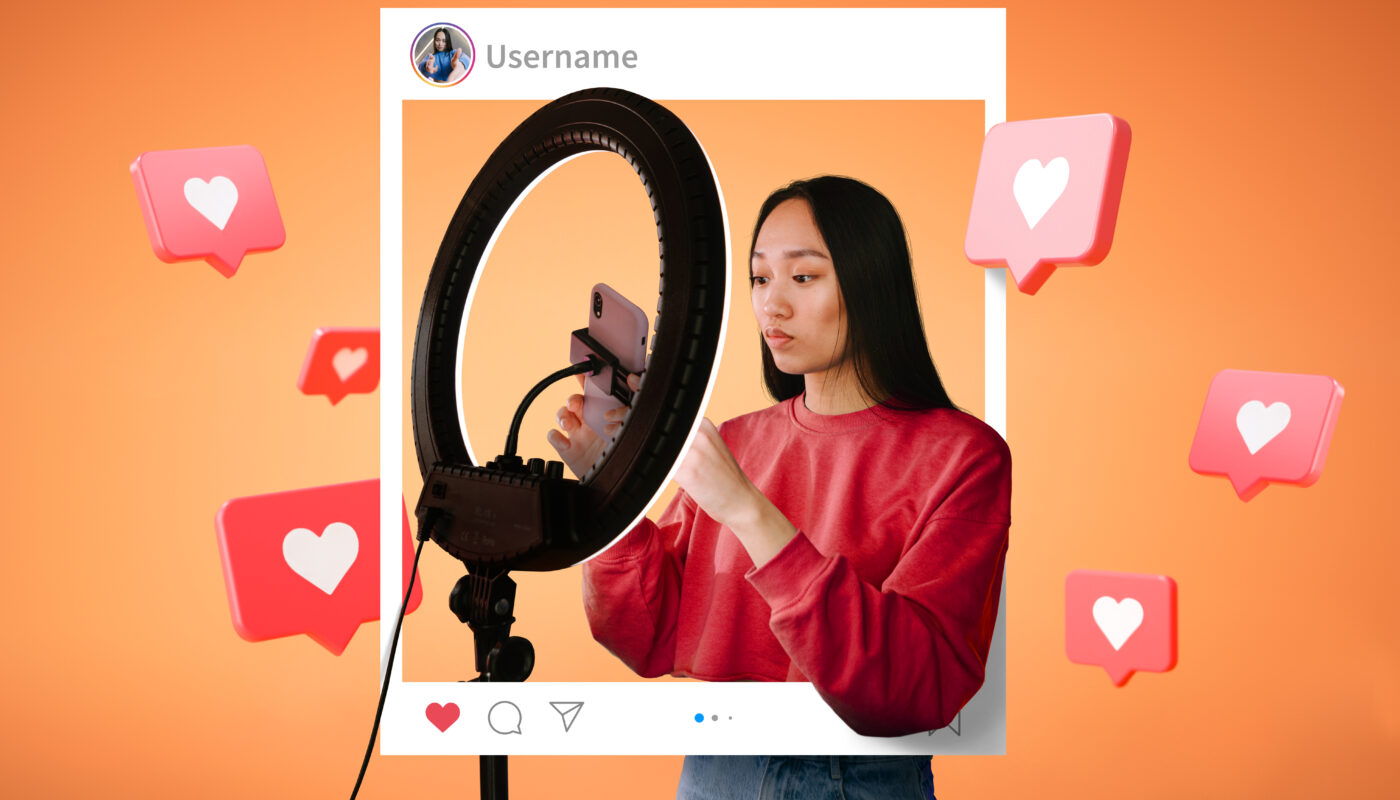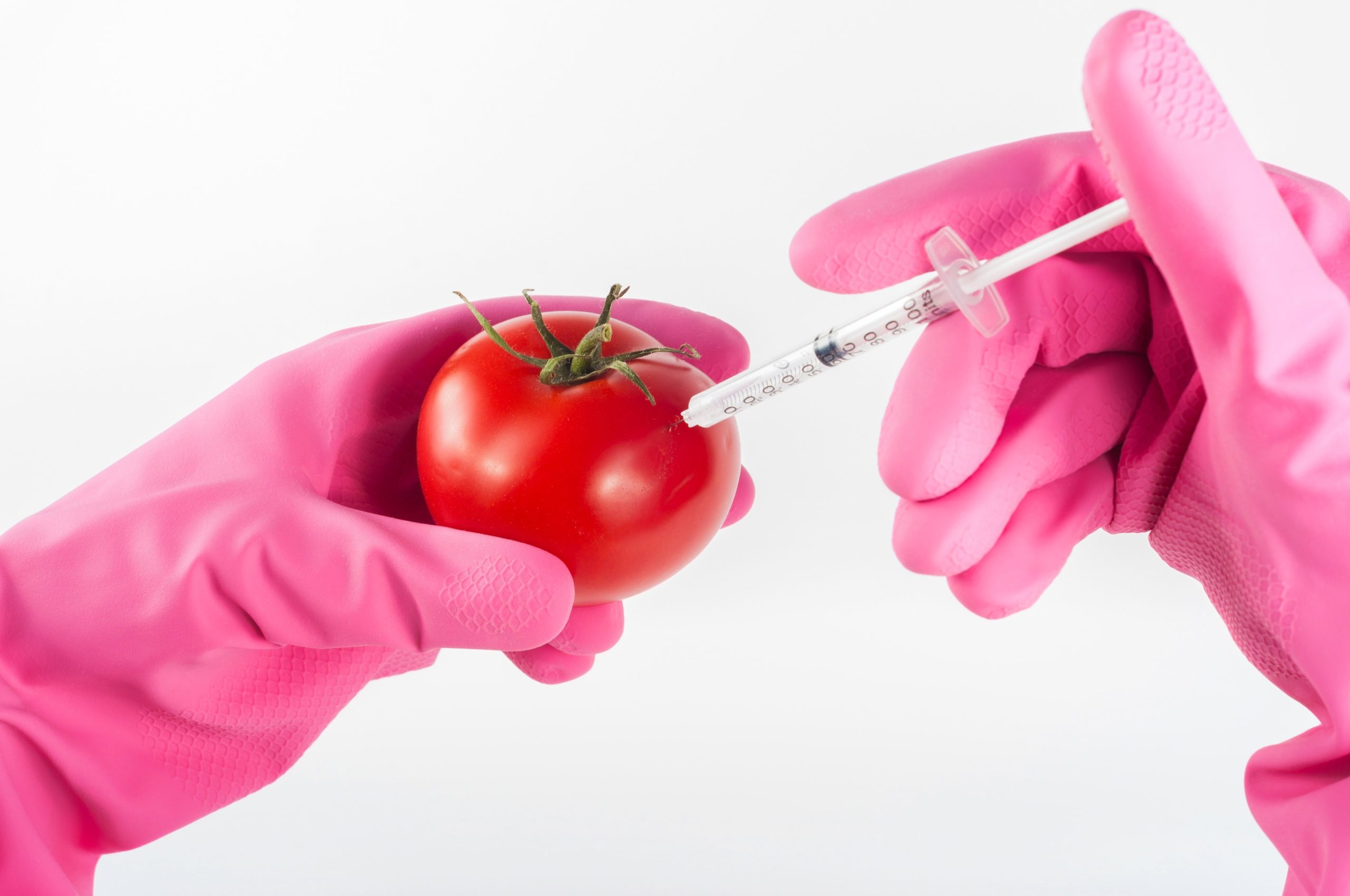By Alyssa Ignacio
As a constant consumer of social media, I find myself being easily influenced to buy certain products because my favorite influencer recommends them. Whether it’s an article of clothing or a beauty product, I will immediately purchase an item that influencers guarantee is worth my money.
Although, what certifies the influencer to make such biased reviews? Is it their large following or “mastery” of the product because of its relation to their industry? When I buy products recommended by influencers, I think don’t twice about the quality of the product because I trust the influencer and their opinions.
Recently, there have been trends of “de-influencing” users to not purchase a certain item because it’s not what they expected it to be. In some circumstances, there are TikToks that expose products for not having the quality that certain influencers boasted about. Although, most of the videos I’ve come across are those that offer dupes, or duplicates, of the product.
I think the most common examples of this happening are in the beauty community, specifically with e.l.f Cosmetics and Charlotte Tilbury. So many influencers include Charlotte Tilbury products in their makeup routines, which then influences a lot of their audience to purchase those products in hopes to achieve the same look they have.
Other TikTok users created videos telling consumers to save their money and buy the e.l.f “dupes” instead of Charlotte Tilbury products because they’re cheaper and somewhat better overall. The de-influencing trend created a waterfall of larger companies losing consumers because of product dupes taking their place.
This trend isn’t only relevant in the beauty community. One TikTok video features fashion influencer Hudi Charin (@thethriftythinker) discussing alternatives to Kim Kardashian’s Skims clothing line. “There are literally so many brands that need your support more than a billionaire who doesn’t pay her workers when they work overtime,” she says.
Rather than supporting Skims, Charin offers dupes from Gaia Garments and the Girlfriend Collective because those are “better, ethical and sustainable alternatives [that are] literally the same price point.”
With the rise of de-influencing came the development of MascaraGate, a TikTok controversy centered around influencer Mikayla Nogueira and her suspected use of false eyelashes in a L’Oreal mascara advertisement. This incident led to the conversation surrounding influencer culture and their priorities. In this case, Nogueira chose to prioritize the money she would get from the sponsorship over an honest review for consumers.
This trend called for influencers to be more transparent about the products they display on their social media. As a consumer, I am sometimes disappointed when influencers encourage their fans to purchase expensive, luxury brands when there are cheaper options out there.
If you’re a fan who finds themselves easily influenced, be aware of when you’re succumbing to media pressure. In this digital age, it’s easy to be dependent on what influencers and celebrities are consuming. Make sure you do your own research and choose what products work for you.
Connect with Alyssa on LinkedIn.




As soon as I saw your blog post I was immediately drawn to it because of the title. As someone who is constantly on TikTok I find myself saving every video of a viral product. However, as your post mentioned I have noticed an upswing in content “de-influencing” people from buying viral products. i think it’s important to shed light on the transparency issues on social media, so I really enjoyed your post!
I’m a victim of these de-influencing posts and have found myself buying a lot of these dupes. It’s crazy how these trends move back and forth so fast. Loved the post!